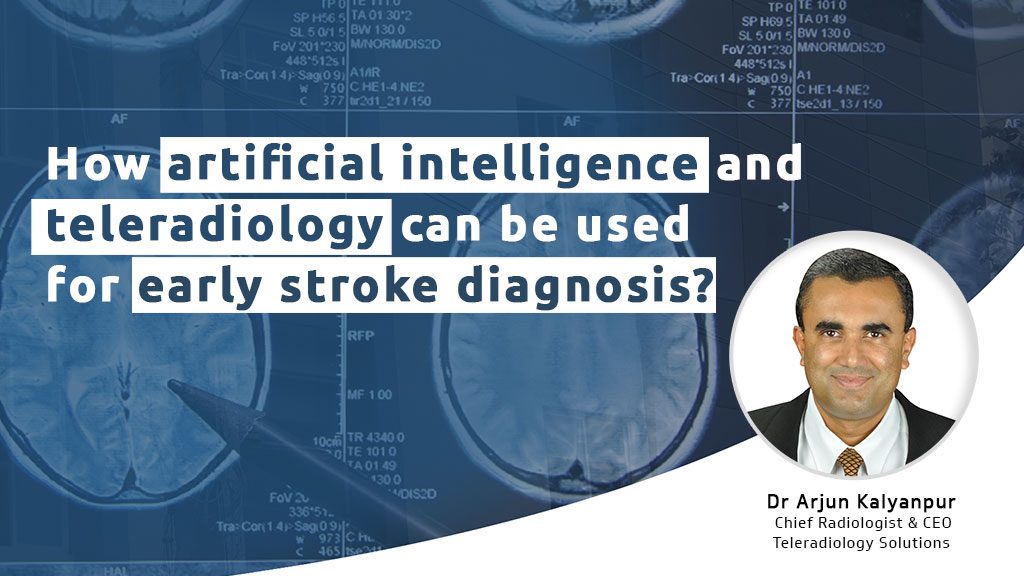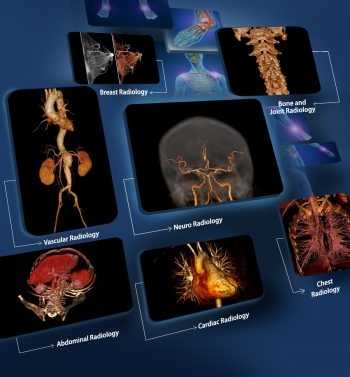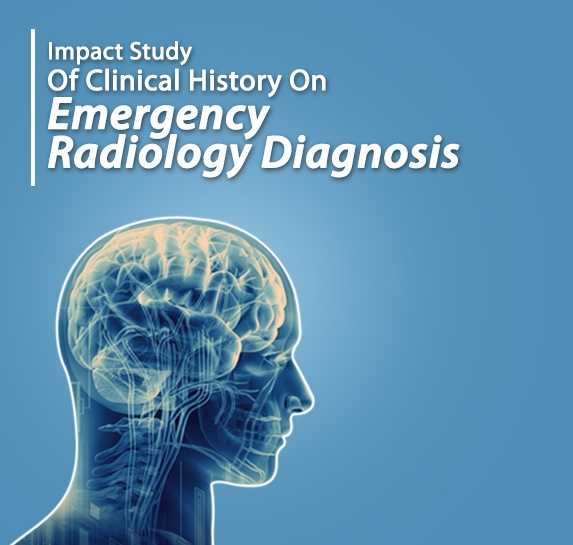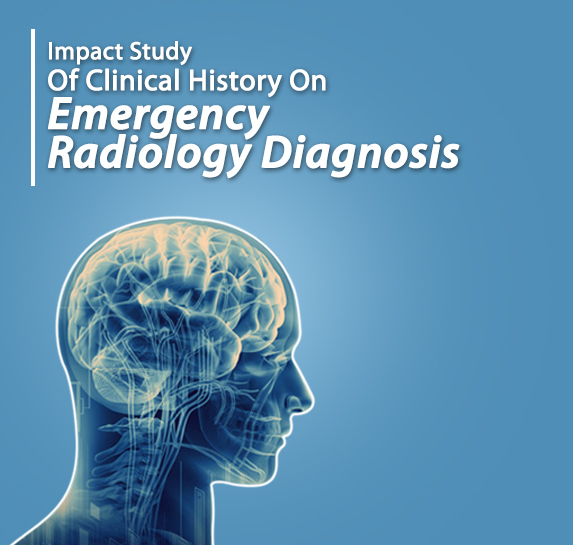How artificial intelligence and teleradiology can be used for early stroke diagnosis?

The word stroke, similar to the term heart attack, has a forbidding connotation in our minds. It delivers up the image of a life threatening event, with dismal consequences that include disability, paralysis or even death. Magnify this with the national statistics on stroke and the concerns can only intensify – given that stroke is one of the leading causes of death and disability in India. And that the incidence (new cases per year) and prevalence (total number of cases in the community) of stroke in India actually exceed those in developed, high-income countries.
Before we despair, there is good news. Medical technology and science has advanced to the point where stroke is treatable if diagnosed early – the emphasis being on early. New age Artificial intelligence (AI) algorithms can help doctors diagnose stroke within minutes as the patient is wheeled out of the CT room. To understand how AI can help, one must know what a stroke is. Stroke’s end result is damage to brain tissue. One form of stroke is the “ischemic” stroke in which there is lack of oxygen supply to brain cells due to a blocked artery. The other is “hemorrhagic” stroke, where there is bleeding within the brain.
It is also important to realize that the early diagnosis of stroke is key to its effective treatment and to prevention of its progression. The Golden Hour concept in stroke care refers to the fact that if treatment is instituted promptly, the chances of survival and avoiding long term brain damage is significantly decreased. According to a study from the American Heart Association, every minute in which a stroke is untreated, the average patient loses 1.9 million neurons. Therefore, as the saying among Stroke Care teams goes, Time is Brain, and Time saved is Brain saved.
Once the patient is brought into the hospital the key diagnostic test is a CT scan of the brain. The CT scan performs a very critical role of showing the Doctors whether the stroke is hemorrhagic or ischemic. The reason this is so important is that the treatment is diametrically opposite for the two conditions. In ischemic stroke, treatment consists of administering blood thinning medications (such as TPA or Tissue Plasminogen Activator) to dissolve the blood clot that has formed. On the other hand, in hemorrhagic stroke such blood thinners would actually worsen the bleeding and should not be used. Advanced imaging can also help identify the blocked vessel (CT Angiography), and estimate the amount of brain tissue at risk of damage (Perfusion CT).
The challenge with this advanced imaging is that while extremely accurate, it produces a very large amount of data that needs to be analyzed in a very short period of time by a radiologist. And the greater challenge is that radiologists today are in short supply worldwide which means that the likelihood of having a radiologist on-site at a hospital at the same time when a patient with an acute stroke is wheeled in is not always guaranteed.
Enter the technology solutions of Teleradiology and Artificial Intelligence. Teleradiology brings the scan to the radiologist, who may be anywhere, to ensure that it is immediately interpreted. It is possible to have a stroke CT scan performed in Boston reported within 15 minutes from across the globe. From our reading center in Bangalore, we have reported thousands of such stroke CT scans over the past two decades from emergency rooms across the United States. Such a network across India could similarly ensure immediate analysis by an expert of a stroke CT scan performed at any center anywhere in India.
Artificial Intelligence is the new and exciting area in diagnostic radiology today. Radiologic images are digital/binary, which makes them suitable for computer analysis using deep learning algorithms to detect specific patterns. In acute stroke, AI algorithms can help radiologists in several ways.
First, by detecting bleeding in the brain. As was mentioned, the key element in stroke management is differentiating hemorrhagic from ischemic stroke. Current AI algorithms can detect bleeding within the brain instantaneously. For example, NeuralAssist, an AI algorithm developed by our group, can detect hemorrhage within the brain with a high level of accuracy. In a physician shortage environment, this instantaneous detection allows the bleeding to be brought to the radiologist’s and neurologist’s attention promptly so that the appropriate treatment decision can be made to preserve brain function and limit damage.
Second, by analyzing the Perfusion Imaging to determine how much of the brain tissue has already been irreversibly damaged (called infarct) and how much is at potential risk of future damage if no treatment is given (called penumbra). This analysis is important because it predicts the value of blood thinning medications (TPA) and the likely outcome of the treatment. It also helps establish the prognosis for recovery.
Third, AI algorithms can identify the precise location of the vessel blockage. This helps the neurologist determine whether the patient will benefit from a procedure called mechanical thrombectomy, in which special equipment is introduced into the blocked artery to break up and extract the clot. This is an option when the blockage is in one of the large central arteries supplying the brain.
The brain is our most vital organ, which contains our thoughts, our emotions and our memories and which manages our basic functions including movement, coordination and communication. Stroke can potentially damage any or all of these functions. However today by early detection, new age technologies such as teleradiology and artificial intelligence are transforming the diagnosis and treatment of stroke.








